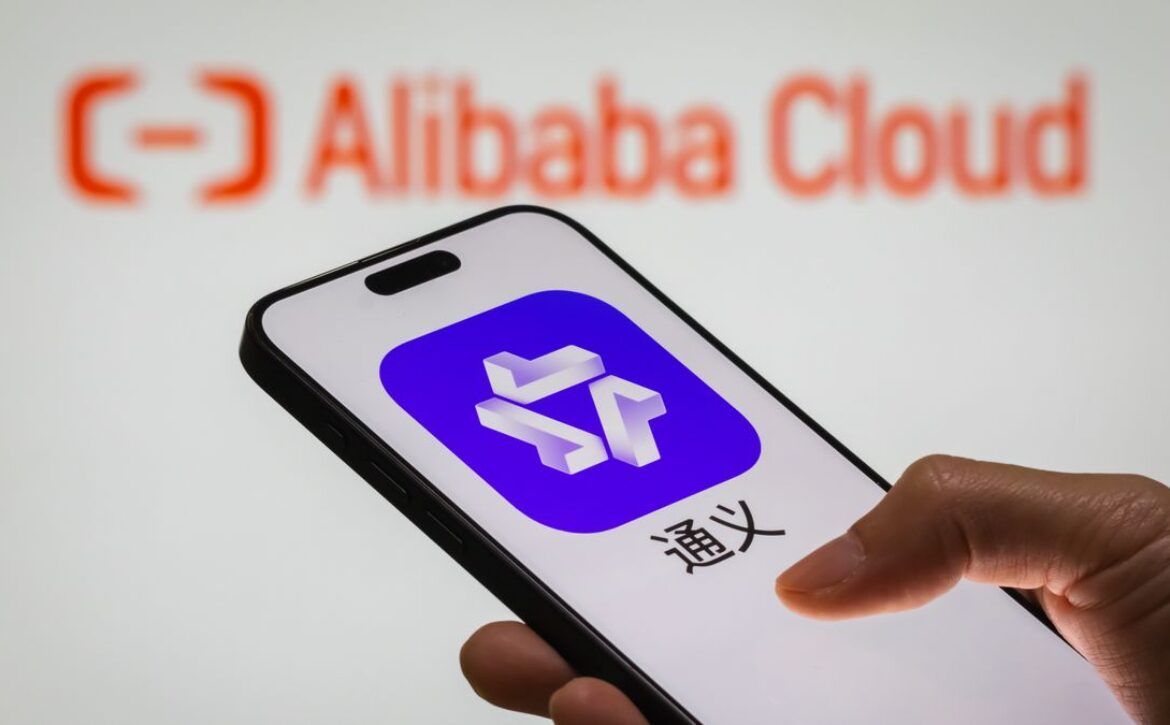
Huawei Rotating CEO elaborates on earnings report and shares views on 5G, digitization and AI
Want to read in a language you're more familiar with?
On March 30, Huawei officially released its 2017 annual report. The report shows that the Huawei's operator business achieved 297.8 billion yuan ($46.6 billion)...
SEE ALSO: Huawei explains the difference between the P and Mate series
[caption id="attachment_6276" align="aligncenter" width="720"] Ken Hu, Deputy Chairman and Rotating CEO for Huawei[/caption]
Ken Hu, Deputy Chairman and Rotating CEO for Huawei Technologies, said "Huawei's investments in the telecoms industry last year were minimal, and it was not easy to achieve a 2.5 percent increase as the overall industry growth is relatively flat."
Hu said that although the telecom business is not at the peak of investments, the industry has undergone some positive changes in quality and business structure in the past two years. The growth of global carriers has also shifted from investment-driven to value-driven. "Value-driven means the company works for individual consumers, home users, and enterprise users. The company pays more attention to the user experience, and focuses on creating more value for businesses, home users, and individuals by relying its communication capabilities. This change will be reflected in the next few years in the form of its sales volume.”
Hu says it's time to start 5G. "From Huawei's perspective, 5G has value in both the short and long term. From a pragmatic view, in the short term, 5G can greatly improve spectrum efficiency and indirectly help operators to reduce the cost of each bit of bandwidth. In the long run, 5G will generate more new industry applications,” said Hu.
For the globalization of Huawei mobile phones, the U.S. is still a tough market. With frequent Sino-U.S. trade frictions, how to successfully conduct business in the U.S. has become a matter of concern.
Ken Hu, Deputy Chairman and Rotating CEO for Huawei[/caption]
Ken Hu, Deputy Chairman and Rotating CEO for Huawei Technologies, said "Huawei's investments in the telecoms industry last year were minimal, and it was not easy to achieve a 2.5 percent increase as the overall industry growth is relatively flat."
Hu said that although the telecom business is not at the peak of investments, the industry has undergone some positive changes in quality and business structure in the past two years. The growth of global carriers has also shifted from investment-driven to value-driven. "Value-driven means the company works for individual consumers, home users, and enterprise users. The company pays more attention to the user experience, and focuses on creating more value for businesses, home users, and individuals by relying its communication capabilities. This change will be reflected in the next few years in the form of its sales volume.”
Hu says it's time to start 5G. "From Huawei's perspective, 5G has value in both the short and long term. From a pragmatic view, in the short term, 5G can greatly improve spectrum efficiency and indirectly help operators to reduce the cost of each bit of bandwidth. In the long run, 5G will generate more new industry applications,” said Hu.
For the globalization of Huawei mobile phones, the U.S. is still a tough market. With frequent Sino-U.S. trade frictions, how to successfully conduct business in the U.S. has become a matter of concern.
As a commercial company, we want to make money everywhere in the world. However, for various reasons, we cannot currently conduct business in the U.S. Although we are helpless there, the difficulties in the U.S. market will make us work harder in other parts of the world to achieve more growth in the future,” said Hu.In addition, Huawei has responded to security issues. The following is key information from the on-site media Q&A:
Digitization and Artificial Intelligence
Reporter: Huawei has the strategy of digitalized Huawei. What is the current status on the progress? Are there any new achievements in AI? Hu: On the strategy of digitization, Huawei believes that you must try what you offer to clients in the first place. In order to help clients achieve digitization in the future, Huawei should first make bold attempts to digitize itself. Huawei's digitization is achieved at the same time with the clients, who achieve digitization with Huawei's help. Huawei digitizes itself and clients using ROADS, or Real-time, On-demand, All-online, DIY, and Social. [caption id="attachment_6277" align="aligncenter" width="720"] Huawei Kirin CPU[/caption]
Under this big goal, the digitization process pays special attention to two aspects: how to improve user experience, and how to continuously improve business operating efficiency. Guided by these two principles, Huawei has established an outward-inward pattern that prevents us from falling into the trap of technology. We believe that business efficiency could answer what output and returns could be brought by digitization. We focus on personal experience because all digitized solutions are manipulated by people, and the improvement in human experience reflects the investment value from another perspective. Although Huawei has gained some experience in this area, Huawei is generally still in the process of exploration. For example, Huawei currently adopts a new IT architecture involving AI to build a new digital platform that could support our services.
Huawei Kirin CPU[/caption]
Under this big goal, the digitization process pays special attention to two aspects: how to improve user experience, and how to continuously improve business operating efficiency. Guided by these two principles, Huawei has established an outward-inward pattern that prevents us from falling into the trap of technology. We believe that business efficiency could answer what output and returns could be brought by digitization. We focus on personal experience because all digitized solutions are manipulated by people, and the improvement in human experience reflects the investment value from another perspective. Although Huawei has gained some experience in this area, Huawei is generally still in the process of exploration. For example, Huawei currently adopts a new IT architecture involving AI to build a new digital platform that could support our services.
Huawei will spend no less than 10 billion dollars per year on R&D annually in next decade.
Reporter: The market has changed a lot recently, and Huawei has made some adjustments accordingly. What does Huawei intend to do to meet future challenges? Does Huawei have any ambitious ideas for the next 10 years, or the next 30 years? Hu: We are optimistic about the future and we believe the market space is big enough. Huawei's capabilities accumulated over the past 30 years has positioned us with a good start. At the same time, future opportunities also mean great challenges. Huawei needs to consider how to seize opportunities to meet the challenges. Huawei insists on continuously increasing investments in technological innovation. Huawei has invested nearly 400 billion yuan ($63.6 billion) in technological innovation over the past decade. Huawei will spend no less than $10 billion on R&D annually in next decade.
At the same time, technological innovations will also be strengthened in other areas, including mature products. In the past, innovation emphasized goals and focus areas. In the future, innovation will also be based on visions.
Huawei insists on continuously increasing investments in technological innovation. Huawei has invested nearly 400 billion yuan ($63.6 billion) in technological innovation over the past decade. Huawei will spend no less than $10 billion on R&D annually in next decade.
At the same time, technological innovations will also be strengthened in other areas, including mature products. In the past, innovation emphasized goals and focus areas. In the future, innovation will also be based on visions.
Challenges in the U.S. market
SEE ALSO: Chinese Smartphone Makers Enter US Market Despite Obstacles Met by Huawei
Reporter: Huawei has encountered new challenges in business development in the U.S. What impact will these challenges have on Huawei's global strategy? Which region is Huawei's biggest source of growth in the near future?
Hu: There have been some recent difficulties in the U.S. market, which will only make us work harder in other parts of the world to achieve more growth in the future. Huawei will focus on the target, increase investment in innovation, and actively open up cooperation. This is Hauwei's global strategy to which Huawei will adhere. I am confident in the growth in the next few years, both at the regional scale and in the business volume. The fastest growing business now is company business, which will continue to grow with momentum in the future. The total revenue of company business will exceed $10 billion this year. End user products now are better than before in all aspects, including brand, technology and channel capacity. In the future, end user products will be a strong engine for growth. Regional highlights will appear from business in China, Asia-Pacific, the Middle East, and Europe.Be more pragmatic with 5G
Reporter: There are two major views on 5G. One stance is that 5G is overhyped, and the other thinks now is the time for 5G. What view does Huawei have on 5G, and what do you think about the return on investment?SEE ALSO: Huawei Releases Matebook X Pro, MediaPad M5 Tablet and 5G Commercial Terminal Device
Hu: 5G end-to-end technology is basically mature, and the standard is established. From a supply-side point of view, we think 5G is ready to launch. From the demand side, there needs a broader view on what 5G is for. We believe that 5G will have a long lifespan. When you talk about what 5G can bring, it's important to clarify whether that is in five years, ten years, or in the next year.
Huawei believes that 5G has value in both the short and long terms. From a pragmatic view, in the short term, 5G can greatly improve spectrum efficiency and indirectly help operators to reduce the cost of each bit of bandwidth. So, 5G could provide broader bandwidth, faster speed and larger capacity. In the medium to long run, 5G will generate more new industry applications. Therefore, based on objective conditions, we could actively explore and try 5G technology.




